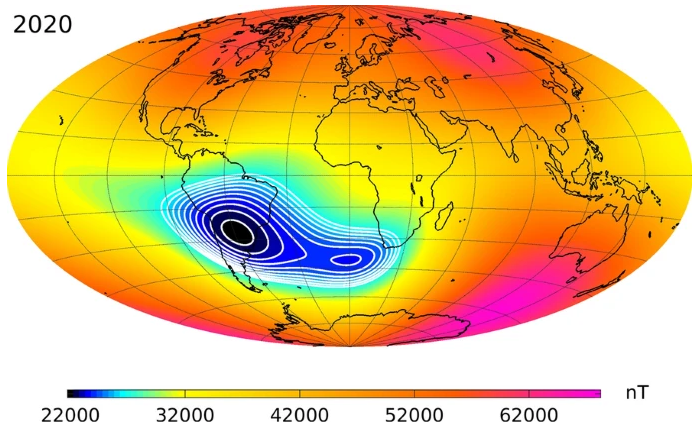Introduction
Meteor showers are natural celestial events that capture the fascination of stargazers around the world. They occur when the Earth passes through the debris left by comets or asteroids, creating a stunning display of shooting stars. With 2025 just around the corner, many astronomy enthusiasts are eagerly anticipating the upcoming meteor showers scheduled for that year. Understanding these events and knowing when to look up can enhance your stargazing experience.
Major Meteor Showers in 2025
In 2025, there are several notable meteor showers to keep an eye on. The most prominent among them include:
- Quadrantids (January 4-5): This shower typically peaks in early January and can produce up to 120 meteors per hour under optimal conditions. With a strong moonlight presence in 2025, visibility may be affected, but dedicated stargazers can still catch glimpses of these celestial wonders.
- Lyrids (April 21-22): Known for their bright and fast meteors, the Lyrids can yield around 20 meteors per hour. The best viewing time will be after midnight when the radiant point in the constellation Lyra rises higher in the sky.
- Perseids (August 12-13): One of the most popular meteor showers, the Perseids are known for their colorful meteors and high frequency, offering up to 100 meteors per hour. In 2025, the moon will set early, allowing for an excellent viewing experience.
- Geminids (December 13-14): The Geminids often produce the highest meteor counts, with up to 120 visible meteors per hour. The 2025 phenomenon will have good viewing conditions as the moon will not interfere significantly with the visibility of these meteors.
How to View Meteor Showers
To enhance your meteor viewing experience in 2025, consider the following tips:
- Find a dark area away from city lights.
- Allow your eyes to adjust to the darkness for about 20 minutes.
- Lie back and look up, pointing your gaze toward the radiant of the meteor shower being observed.
- Be patient, as meteors can come in bursts followed by lulls.
Conclusion
The meteor showers of 2025 promise to provide an awe-inspiring experience for both casual observers and seasoned astronomers. With multiple events taking place throughout the year, there will be ample opportunities to witness the beauty of our night sky lit up by these celestial phenomena. As interest in astronomy continues to grow, so too does the importance of understanding and appreciating these natural events. Prepare your calendars, gather your viewing gear, and get ready for an unforgettable year of shooting stars.




